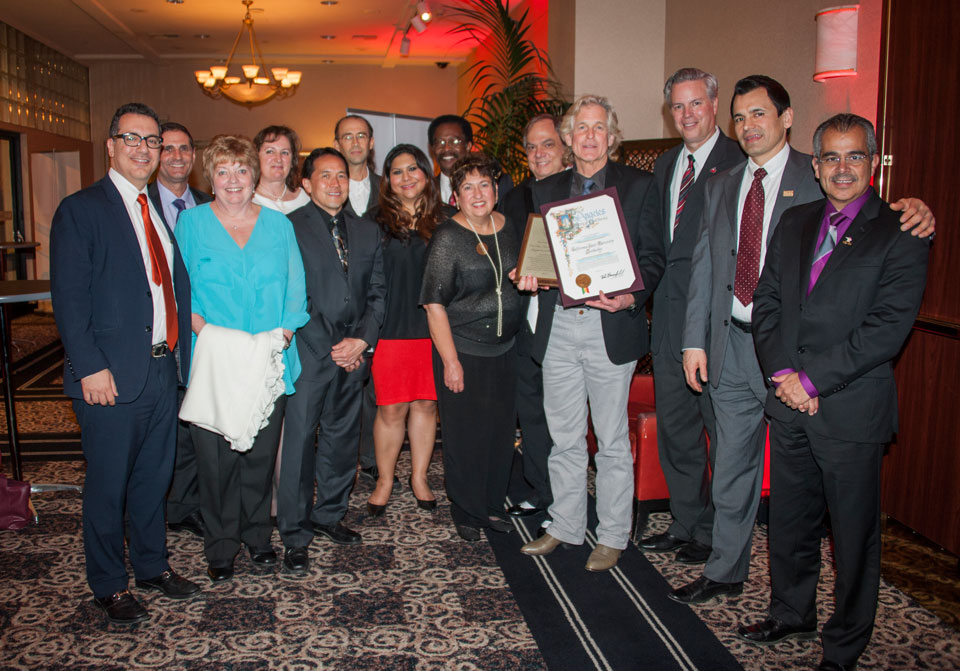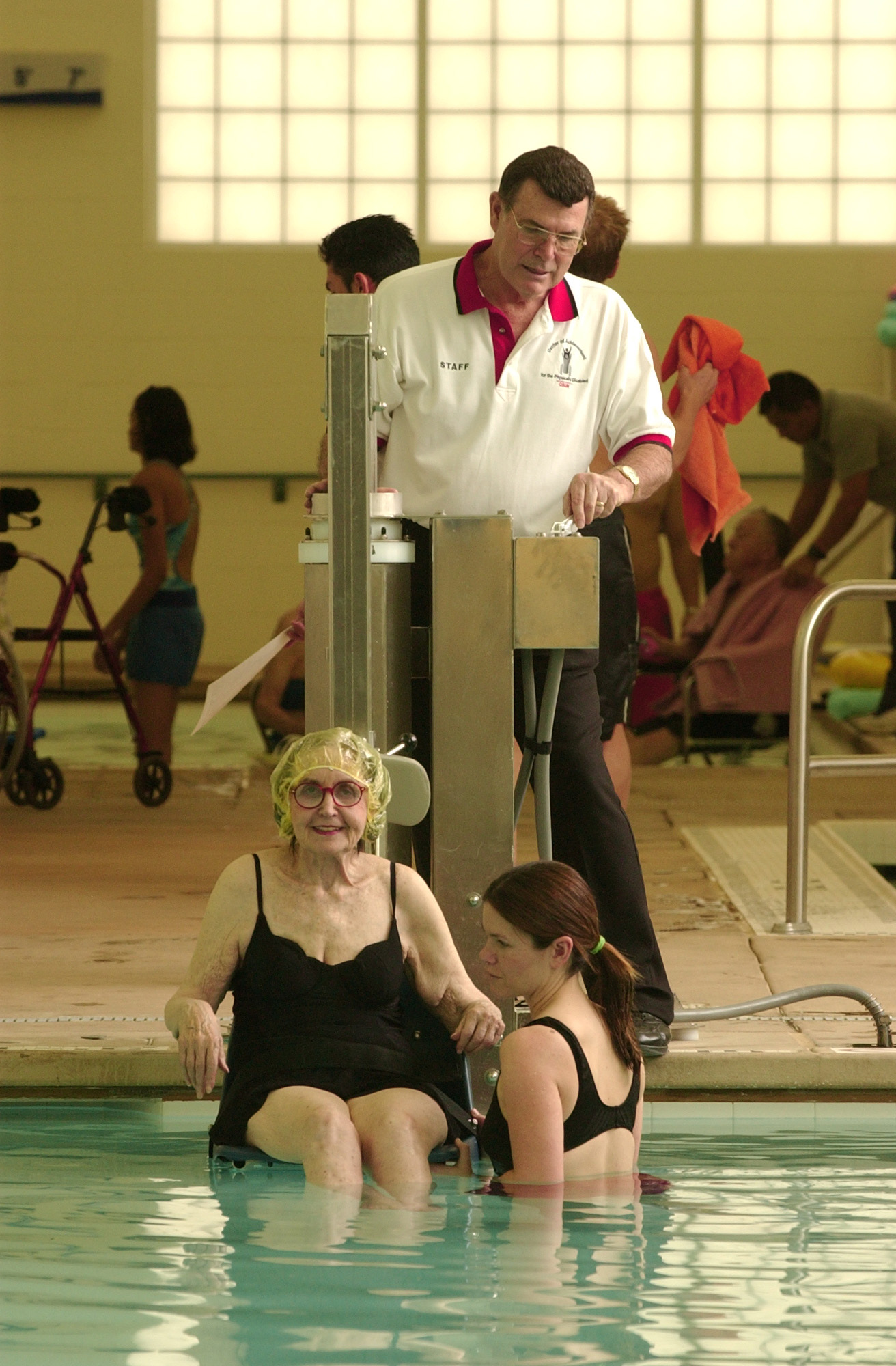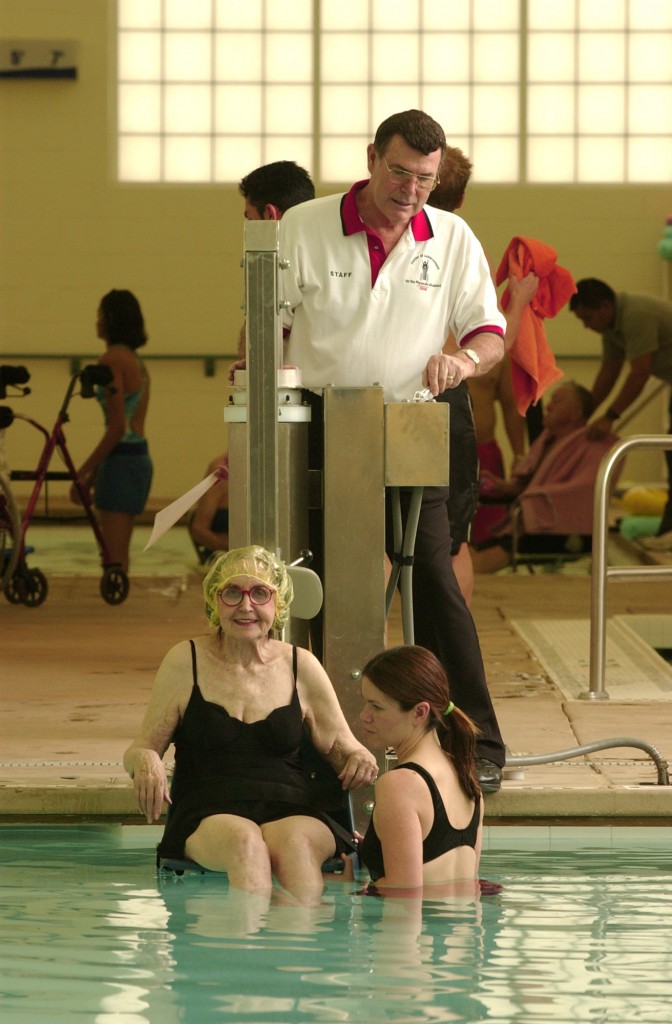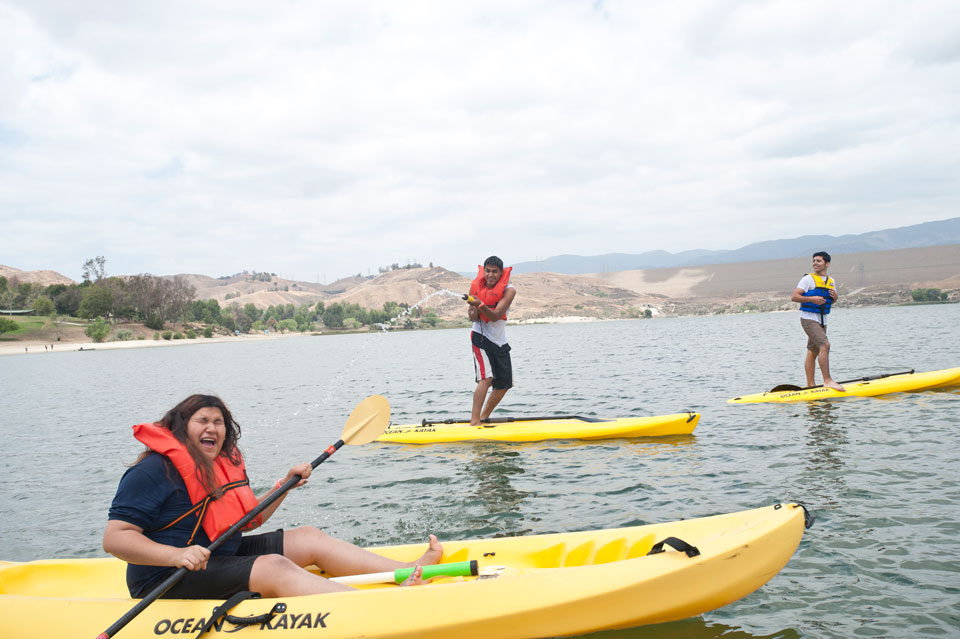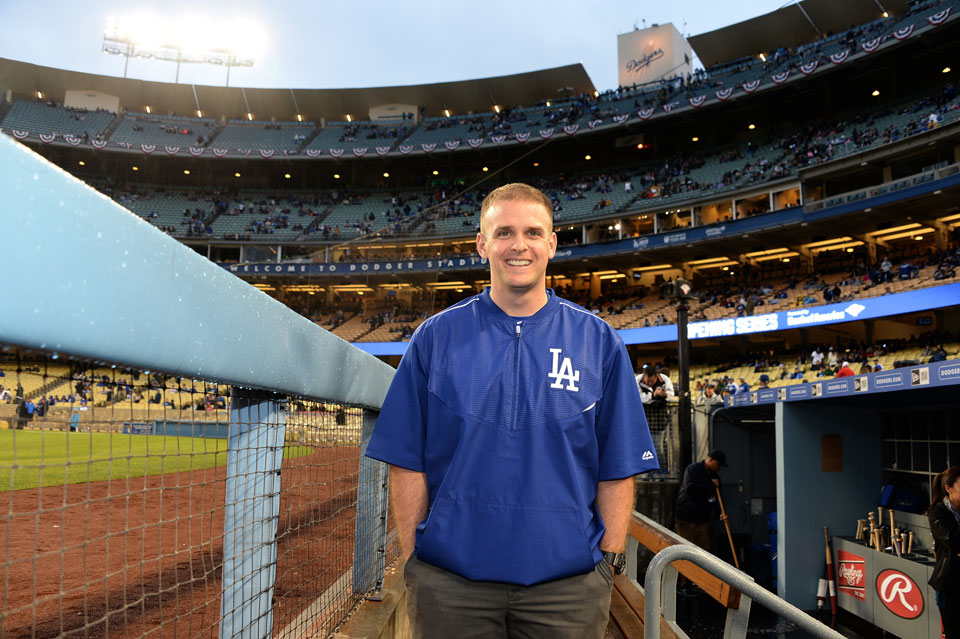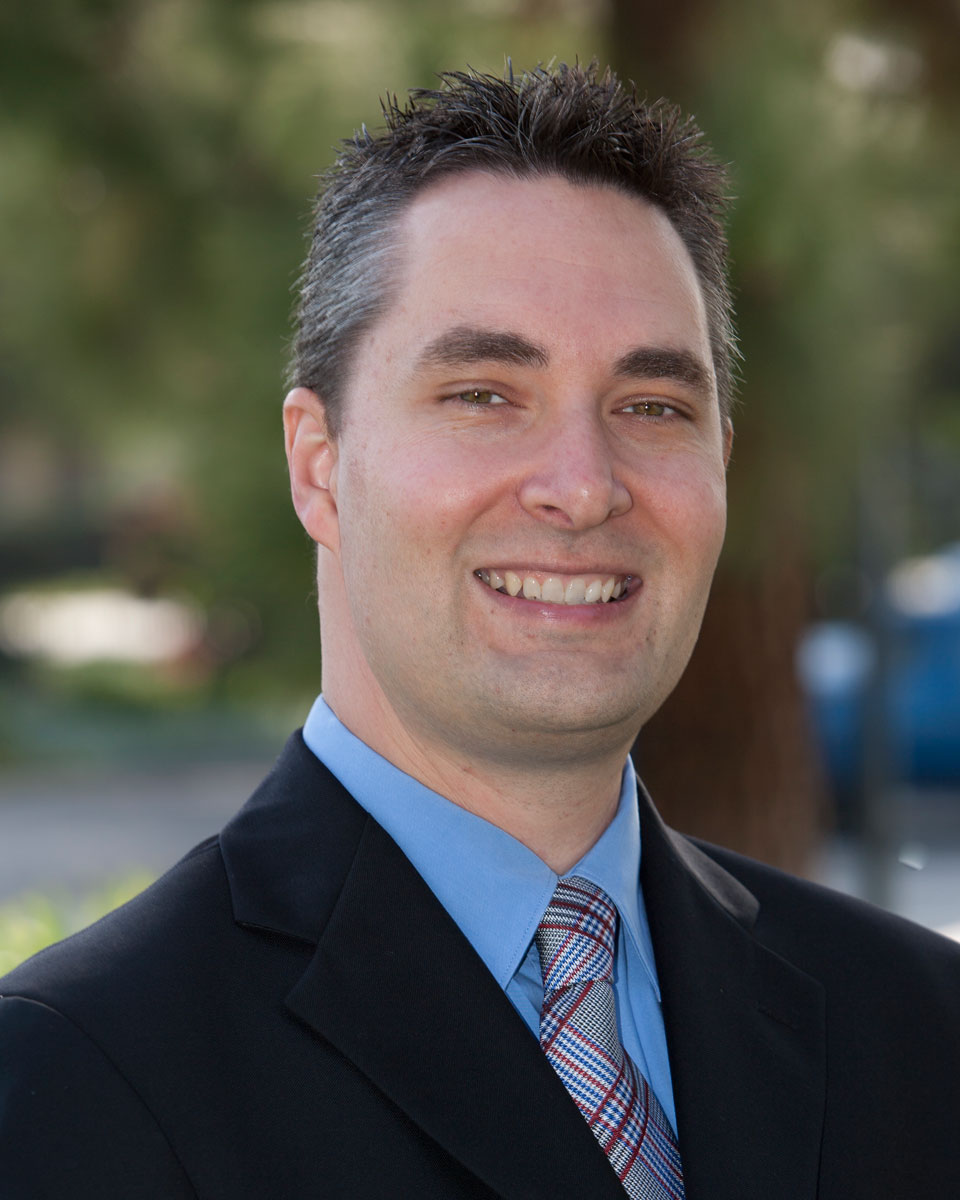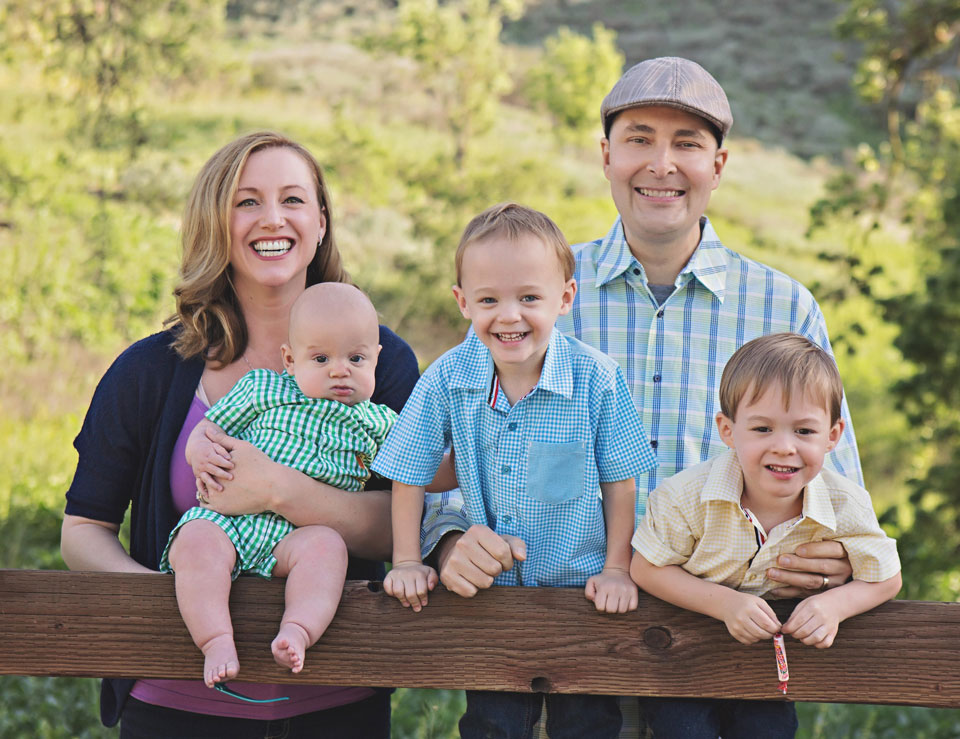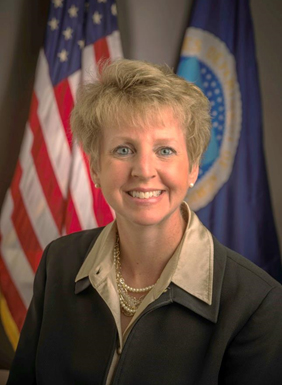
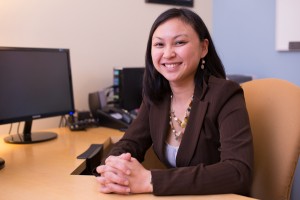
CSUN child and adolescent development professor Virginia Huynh.
Money, family obligations and discrimination all play key roles in discouraging high school students from persisting on to and in college, according to a new study by California State University, Northridge child and adolescent development professor Virginia Huynh.
First-generation Latino students, in particular, are affected by a lack of knowledge about financial aid, family responsibilities and racially insensitive interactions with adults while they are in high school, the study found.
“Colleges need to be realistic about the barriers students face as they make decisions about higher education,” Huynh said. “It’s one thing to lament the state of the public school systems and say they are not doing enough. Colleges need to get out there and fill the gap, even if it’s something as simple as having college students visit high schools and talk to the students there, raising their awareness and understanding of the consequences of not going to college and the financial aid that exists to help them pay for college.”
Huynh, Willamette University psychology professor Melissa R. Witkow and UCLA psychology professor Andrew J. Fuligni have been following a cohort of 408 Latino, Asian and white teenagers in three Los Angeles-area high schools for more than four years. As the students completed high school, the researchers decided to study what factors affected the students’ decisions to go or not to college. The results of their research, “Understanding Differences in College Persistence: A Longitudinal Examination of Financial Circumstances, Family Obligations and Discrimination in an Ethnically Diverse Sample,” can be found in the online journal Applied Developmental Science.
Many of the students were the children of immigrants, Huynh noted.
“Pundits find it easy to lump all immigrants together, but there is so much diversity out there,” she said. “Many immigrants, some of whom are Asian, come here with money and other resources. The parents have college and even graduate degrees, and have the experiences and resources to help their children make informed decisions about going to college. Others come here as refugees, and the adults in the family may never have had an opportunity to get much education. No matter what race or ethnicity, kids are more prepared to go to college if their parents have higher education experience.”
It’s that familiarity with higher education and college financial aid resources that can make a difference in a student’s college persistence, the study found.
Huynh noted that many students start working in high school and contribute to their family’s finances.
“Their paycheck can literally make a difference in whether or not their family pays the rent that month or whether there is enough food on the table,” she said. “It can be hard for a student who has no family tradition of higher education to grasp that it’s worth it to quit their job, or at least cut back their hours significantly, and go to college. Recent college graduates make significantly more — nearly $20,000 a year more — than their counterparts with only a high school diploma. But when your family is facing the possibility of not having enough money to put a roof over their heads or food on their table, going to college can be a very hard choice to make.
“Our study found that many first-generation students, particularly Latino students, weren’t aware that there is financial aid out there — and not just student loans — to help them pay for college,” she continued. “That knowledge alone can make a difference in the path a student chooses.”
Other obstacle are callous, racially insensitive interactions with adults — from teachers or police officers — while the students are in high school.
“It’s during adolescence that we develop our sense of self, of who we are and what we are capable of,” Huynh said. “If a teen has been harassed, called names or been suspected of suspicious activity because of their race or ethnicity, it can affect the decisions they make later in life.”
The study found that the more adult discrimination an adolescent experienced in high school, the less likely they were to go on to college, regardless of their ability.
“It’s hard enough being the first one in your family to go to college,” Huynh said. “You have to do it all by yourself — from filling out complicated forms to trying to figure out how to pay for it all. Plus, there’s the guilt from feeling you’re letting your family down financially. If you’ve been told all your life by authority figures that your life isn’t going to amount to anything or that your kind doesn’t have it in them to succeed, then going to college may seem impossible.”
Huynh said she would love to see colleges establish programs with local public high schools, similar to ones CSUN has, that provide students and their parents with information about navigating the college application process and financial resources — from grants and scholarship to work-study arrangements and even loans — that exist to help students pay for their education.
“There needs to be a conversation so that the students know how going to college can truly change their lives for the better, and that there are resources out there to help them,” she said.

